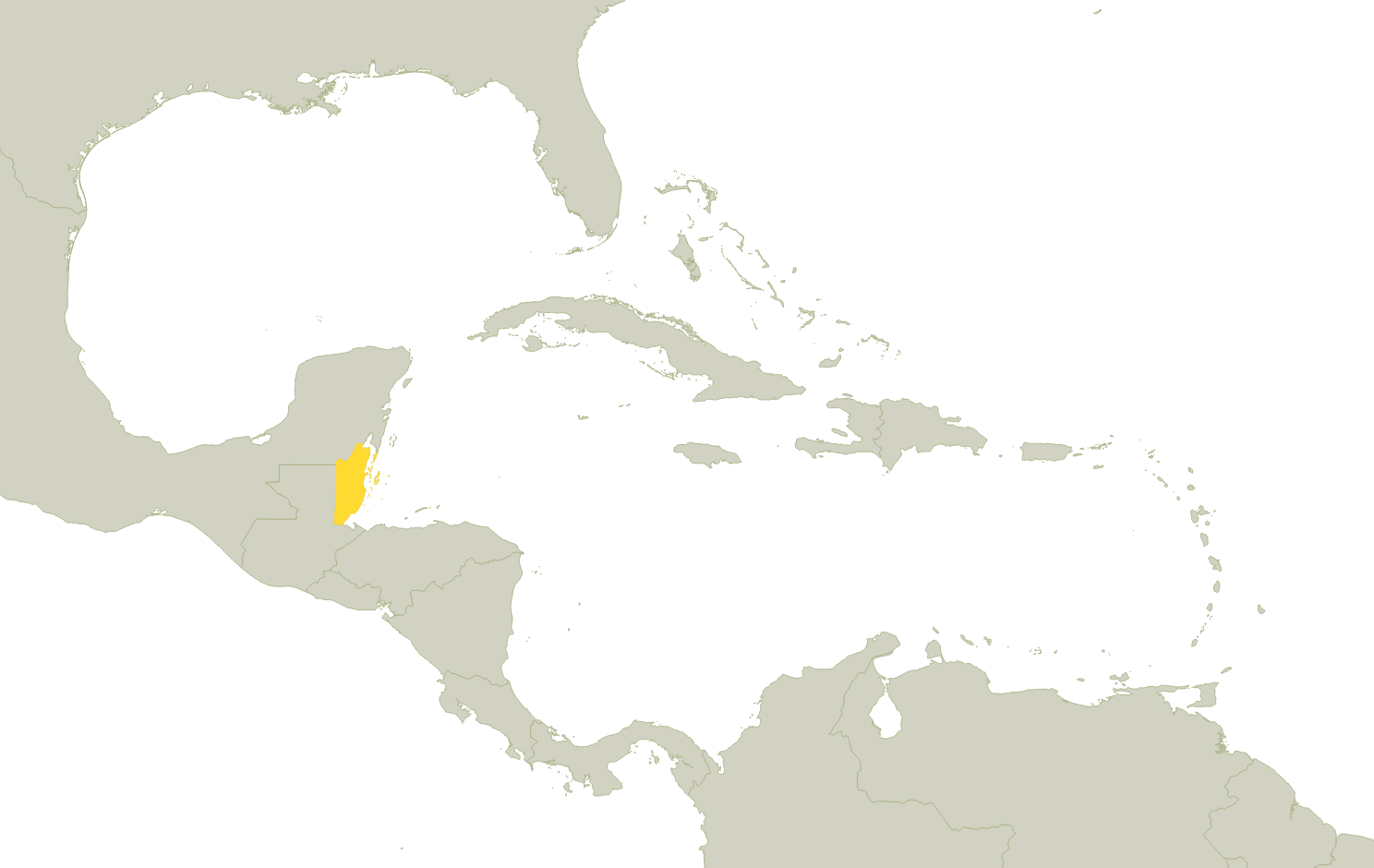Belize differs from other countries in the initiative because it is not an island nation. Located between Mexico and Guatemala, hydroelectric plants are the main source of energy in the country, accounting for more than half of the Belizean energy supply. However, some of its islands still run on fossil fuel plants, which are 43.18% of the power supply share. In addition, developing renewable energy sources in the country would help Belize to become less dependent on Mexico, which supplies about 30% of the energy consumed by the Belizean market.
Both the Proposal for a National Energy Policy and the National Energy Policy Framework were elaborated by the Belizean Government and its partners in 2011. Belize is committed to CARICOM’s and SIDS’ goals on the reduction of national carbon emissions. Belize’s national targets are 80% of renewable sources in its energy portfolio by 2020 and 95% by 2030. In 2014, the regulatory commission requested proposals for “60 MW of baseload generating capacity and 15 MW of solar or wind generating capacity.” 37 proposals were evaluated by the utility company Belize Electricity Limited (BEL). The proposals evaluated included “Chalillo II dam on the Macal River; a biomass bagasse co-generation project funded by the owners of Green Tropics Limited in Cayo; a project to generate electricity through imported “clean coal”, and a hydro project along the Swasey River”. BEL has passed the approvals and is currently negotiating with the involved companies about how to move forward.

